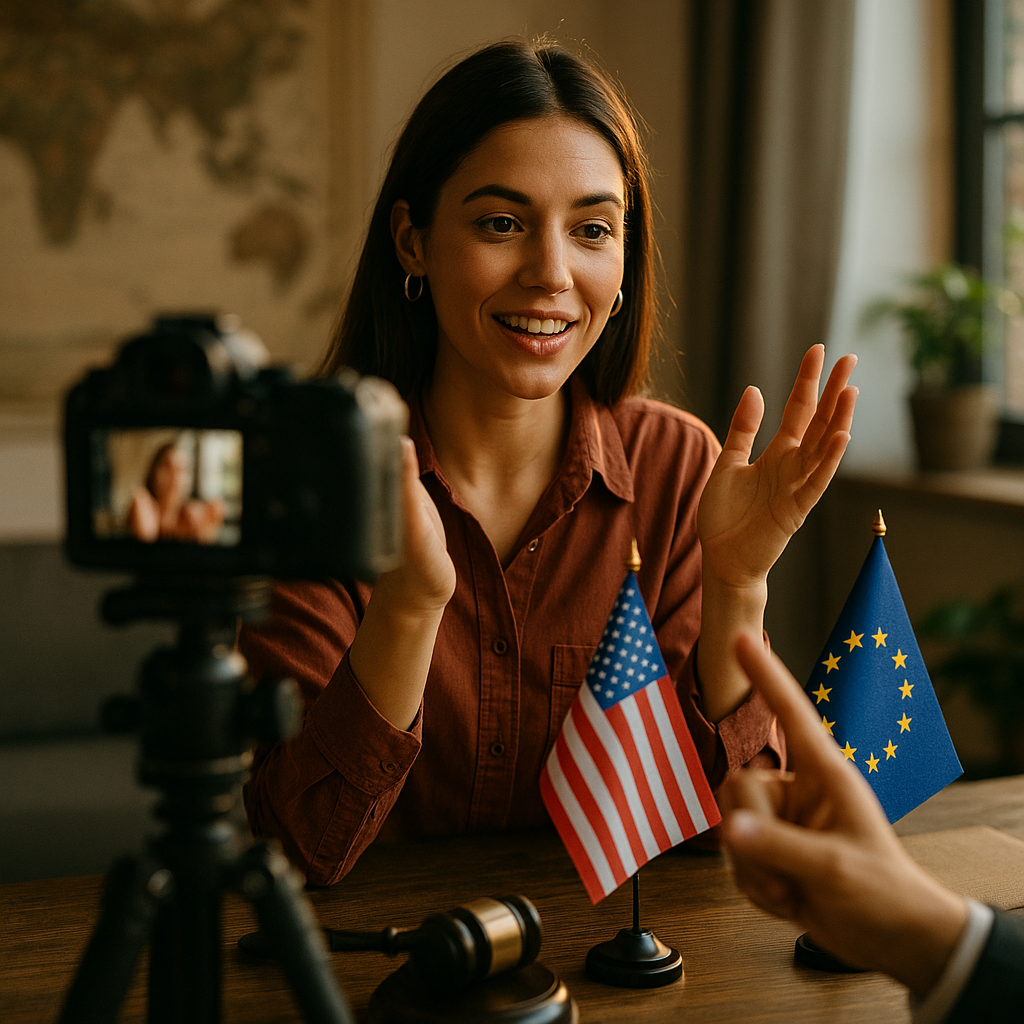International influencer campaigns offer brands incredible opportunities for global reach, but navigating cultural and legal differences can be complex. Mastering these nuances is essential for building trust, ensuring compliance, and driving measurable success. In 2025, knowing how to adapt influencer strategies internationally is more critical than ever—especially as digital borders grow less defined but regulatory expectations become stricter.
Understanding Cultural Differences in International Influencer Campaigns
Cultural sensitivity is at the heart of any successful international influencer campaign. Influencer marketing that resonates in one country may fall flat or even offend audiences elsewhere. According to a 2025 global survey by Statista, 68% of consumers are more likely to engage with campaigns they feel are culturally relevant.
When selecting influencers for a global push, brands must research not just language, but deeper values, humor, social norms, and even taboos. A few key strategies for cultural adaptation include:
- Collaborate with local experts or agencies who understand the market intricacies.
- Allow influencers creative freedom to tailor messages and tone for their audience.
- Conduct pre-launch testing groups to gauge potential cultural sensitivities.
- Monitor local trends and news to avoid unintentional missteps.
Ensuring content is respectful and relevant across cultures reduces risk and fosters genuine brand affinity.
Legal Considerations for Global Influencer Marketing
Global campaigns must comply with a mosaic of advertising and influencer regulations. In 2025, legal scrutiny continues to intensify as regulators crack down on misleading endorsements and data misuse. Penalties for non-compliance can include hefty fines, content bans, and brand reputation damage.
Key legal requirements brands must address include:
- Disclosure of Sponsored Content: The U.S. FTC, the EU’s DMA, and APAC authorities require transparent influencer disclosure. Wording and placement of disclosure can differ by region.
- Data Privacy Laws: Markets like the EU and Brazil have strict privacy statutes (GDPR and LGPD, respectively) affecting how influencers collect and share user data or analytics.
- Contractual Obligations: Contract terms, intellectual property rights, and payment structures may need local adaptation to align with labor and intellectual property laws.
Partnering with legal experts in each target country can ensure that your influencer collaborations meet all necessary standards, preventing costly legal setbacks.
Selecting the Right Global Influencers
Finding influencers who offer authentic engagement and localized relevance is vital for cross-border success. While follower count is a starting metric, genuine influence is measured by audience trust and demographic alignment.
Consider these best practices when sourcing international influencers:
- Analyze local audience relevance using up-to-date analytics platforms.
- Review previous brand collaborations to gauge professionalism and outcome.
- Favor nano- and micro-influencers in regions where intimate connections outperform celebrity reach.
- Vet influencers for language skills, brand alignment, and history of controversy.
Leveraging influencer marketing platforms with global reach and local vetting capacities enhances your odds of successful partnerships in diverse regions.
Adapting Content for Multilingual and Multicultural Audiences
Content crafted for a U.S. audience may be ineffective or misunderstood abroad. Multilingual and multicultural adaptation is key. In 2025, advanced AI-powered translation tools help but shouldn’t replace human insight for nuanced campaigns.
Successful content localization should include:
- Professional human translation with regional dialect adaptation.
- Visual, audio, and written elements aligned to cultural codes and expectations.
- Inclusive content—acknowledging demographic diversity in imagery, language, and values.
- Dynamic content cycles scheduled to local holidays and significant events.
Brands that localize content effectively boost share rates and strengthen positive brand sentiment across borders.
Measuring Success Across International Markets
Measuring the effectiveness of international influencer campaigns requires a nuanced approach. Simply tracking global impressions fails to capture regional engagement and sentiment. In 2025, advanced analytics platforms offer deeper, market-specific insights.
Best practices for campaign measurement include:
- Segment metrics—such as reach, engagement, clicks, and conversions—by country and region.
- Monitor real-time feedback and sentiment analysis in local languages.
- Incorporate local benchmarks to set realistic KPIs based on market maturity.
- Use UTM codes and regional landing pages to accurately attribute results.
Iterating on these insights enables brands to optimize future campaigns, demonstrating real value from global influencer investments.
Building Long-Term International Influencer Relationships
Long-term partnerships yield better results than sporadic collaborations. By investing in ongoing relationships with local influencers, brands establish credibility and consistency across regions. In 2025, long-term engagement also helps with compliance as local laws evolve.
Strategies for building lasting relationships include:
- Consistent and transparent communication tailored to cultural preferences.
- Recognition of local milestones and influencer accomplishments.
- Offering fair compensation aligned with local industry standards.
- Ongoing education around changing brand values, products, and compliance requirements.
Sustainable influencer relationships create a network of advocates who can convey brand narratives authentically in every market.
International influencer campaigns deliver unmatched brand expansion potential when executed with a deep respect for cultural and legal differences. The most successful brands in 2025 localize strategy, stay compliant, and prioritize meaningful influencer relationships—unlocking global growth without sacrificing authenticity or trust.
FAQs: International Influencer Campaigns and Cultural-Legal Navigation
-
Are influencer marketing laws the same in every country?
No, regulations vary widely. Each country has unique requirements for disclosures, copyright, data privacy, and advertising standards. Local legal consultation is essential.
-
How do I find the right influencer for a new market?
Prioritize influencer-local audience alignment, examine engagement rates, and assess past campaign performance. Partnering with agencies or using global influencer platforms with local reach can help.
-
What are common cultural mistakes in global influencer campaigns?
The most frequent errors include mistranslation, culturally insensitive imagery, and misaligned product positioning. Involving local experts and research groups reduces these risks.
-
Can I use one campaign for multiple countries?
While some core messages may be universal, customizing content and disclosures for each country is crucial for resonance and compliance.
-
How do brands stay updated on changing influencer regulations?
Regular monitoring of local digital marketing authorities, partnering with multinational legal counsel, and using automated compliance monitoring tools is recommended.
